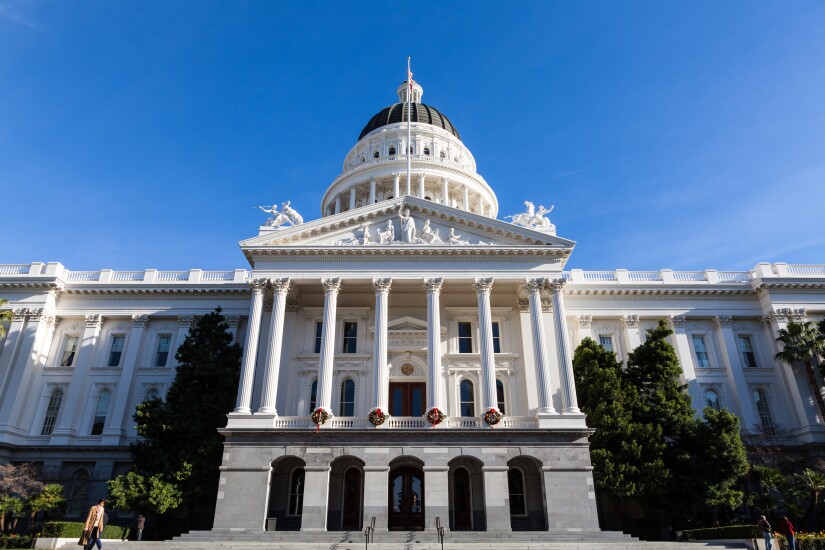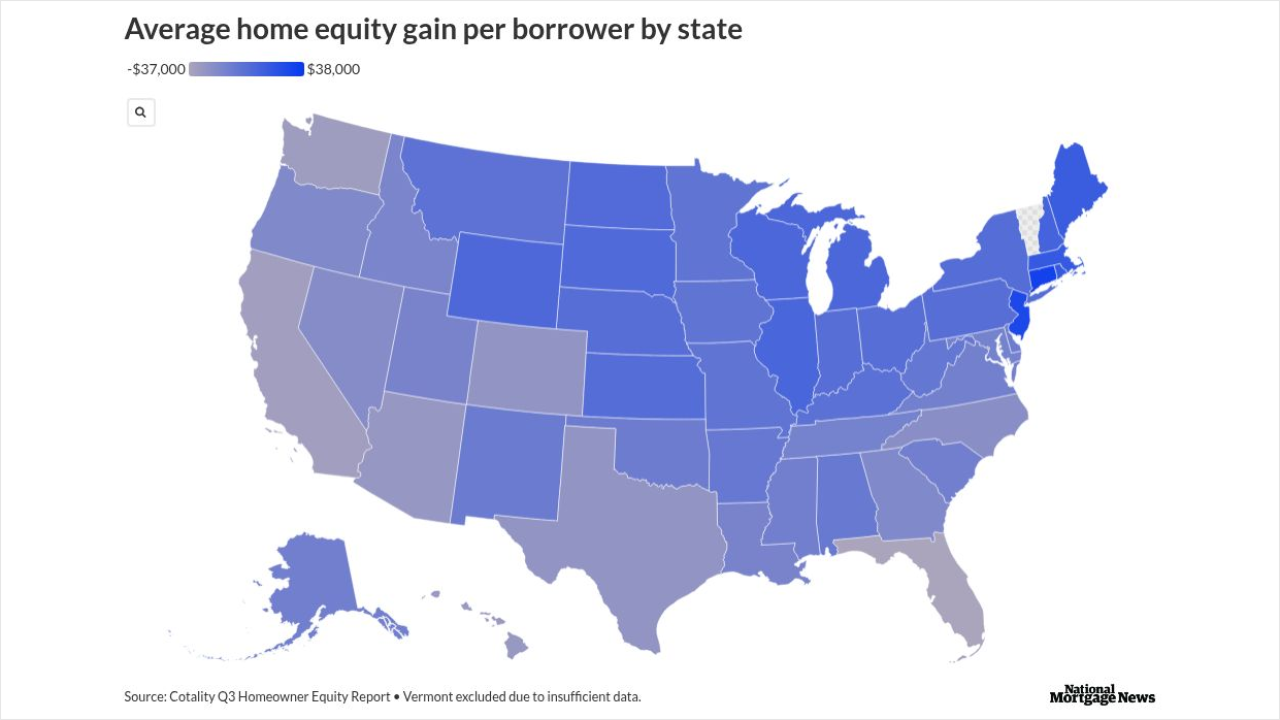
The nationwide median home value in October was $203,400, up $12,500 or 6.5% from the previous year,
A trio of metropolitan areas, San Jose, Seattle and Las Vegas, posted double-digit price gains on a year-over-year basis. The median price for San Jose increased 12.3%, while in Seattle it was up 11.7% and there was an 11.2% increase in the Las Vegas area. Home sales in both San Jose and Seattle benefit from those metro areas being centers for the technology industry.
But Las Vegas was so far underwater from the effects of the Great Recession, prices there today still are nowhere near the peak value that was reached in May 2006. Things went so far south in Las Vegas that by April 2009, nearly
Even as the
Here are the 12 metropolitan areas among the nation's 50 largest by population where home prices have the largest percentage deficit to their peak value, according to Zillow.
The prices are based on Zillow's own estimates of the median home value. It includes the value of all single-family residences, condominiums and cooperatives, regardless of whether they sold within a given period. The estimates are seasonally adjusted.

No. 12: Sacramento, Calif.
Current median price: $376,900
Peak median price: $420,700 (December 2005)

No. 11: Jacksonville, Fla.
Current median price: $184,800
Peak median price: $208,400 (November 2006)

No. 10: Phoenix, Ariz.
Current median price: $242,100
Peak median price: $273,500 (April 2006)

No. 9: Tampa, Fla.
Current median price: $189,100
Peak median price: $214,300 (August 2006)

No. 8: Hartford, Conn.
Current median price: $224,200
Peak median price $256,600 (May 2007)

No. 7: Chicago, Ill.
Current median price: $212,900
Peak median price: $247,000 (April 2007)

No. 6: Miami-Fort Lauderdale, Fla.
Current median price: $259,200
Peak median price: $305,200 (August 2006)

No. 5: Riverside, Calif.
Current median price: $335,200
Peak median price: $403,900 (August 2006)

No. 4: Orlando, Fla.
Current median price: $209,900
Peak median price: $256,300 (July 2006)

No. 3: Tucson, Ariz.
Current median price: $185,000
Peak median price: $236,500 (May 2006)

No. 2: Fresno, Calif.
Current median price: $228,900
Peak median price: $293,800 (April 2006)

No. 1: Las Vegas, Nev.
Current median price: $236,800
Peak median price: $304,700 (May 2006)





